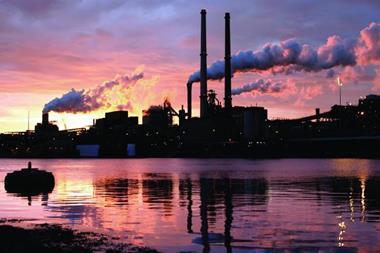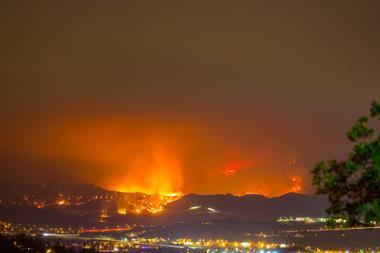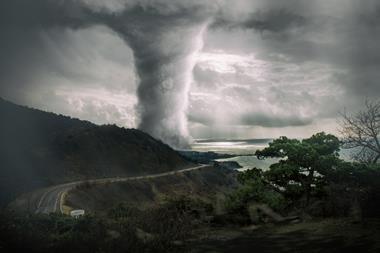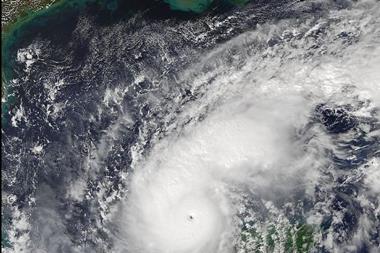Isla Gilmour is a meteorologist who advises commodities traders on the impact of weather on their business. She talks to Catastrophe Risk Management about how science supports this important market. By Lee Coppack
CAT RISK: What is your scientific background and which are your areas of interest?
GILMOUR: It is rather a long list. I started my career in academia: a maths degree from Cambridge, a masters in mathematical modelling from Oxford and a doctorate from Oxford, too, which involved applying chaos theory to weather forecasting. That kindled my weather interest which deepened further while I was working as a post-doctoral fellow at the National Center for Atmospheric Research - a glorious setting in Colorado amidst the foothills of the Rockies where weather is all around.
CAT RISK: What is your current job and what does it involve?
GILMOUR: I work in a team of three meteorologists on the London commodities trading floor at Merrill Lynch in London which trades electricity, gas, coal, oil, emissions, crops, weather derivatives and metals. Working with the traders and analysts, we ascertain how weather impacts their markets and clients. Then we provide relevant weather forecasts in a format and at a frequency which is suitable for each desk. Input is also required on origination projects which require some longer term views. Issues of climate change are particularly relevant here.
CAT RISK: Were climate scientists employed in this work before or was yours a new appointment?
GILMOUR: I was the second meteorologist to arrive at the London office back in 2005. Climate change increasingly figures in our work.
“An active monsoon in Indonesia can lead to high river levels, causing transport problems for coal barges which in turn impacts prices.
CAT RISK: How does extreme weather like hurricanes affect these markets?
GILMOUR: Extreme weather affects the markets in which we trade in numerous ways. Hurricanes in the Gulf of Mexico impact oil production and/or refining rates. Hot summers and increased air conditioning demand have a similar impact to cold winters and increased heating demand. Demand for electricity increases, putting pressure on both electricity and gas prices. Periods of either drought or excessive rainfall in growing regions impacts crop prices. An active monsoon in Indonesia can lead to high river levels, causing transport problems for coal barges which in turn impacts prices. Most unusual weather events affect the commodity markets in some way.
CAT RISK: In what way do you think climate change could affect these markets?
GILMOUR: As the climate changes, the ‘normal' weather for a given region will change, and this will impact the markets both through the need to adapt to changes and through legislation aimed at mitigating climate change in the longer term. An example of adaptation is taking changes in sea level and storm surge into account when deciding where to site a new power station, or changing maintenance schedules of electricity generating plant so that more are available to meet air conditioning demand during hot summers. The EU emissions trading scheme is an example of mitigation legislation: it affects the balance of electricity produced from gas as compared to coal. Both adaptation and mitigation can change the supply/demand balance, in turn moving prices.
CAT RISK: Are there are magazines and books that you recommend to lay colleagues to read to learn more about weather?
GILMOUR: Chaos: Making a New Science by James Gleick. This is not only about weather forecasting but also has few, if any, equations! The only downside is that it is now a bit out of date. Weather is a journal of the Royal Meteorological Society, which is aimed at all interested in the weather and climate.
Postscript
Lee Coppack is editor of Catastrophe Risk Management
Email: lee.coppack@cat-risk.com
Website: www.cat-risk.com




















No comments yet